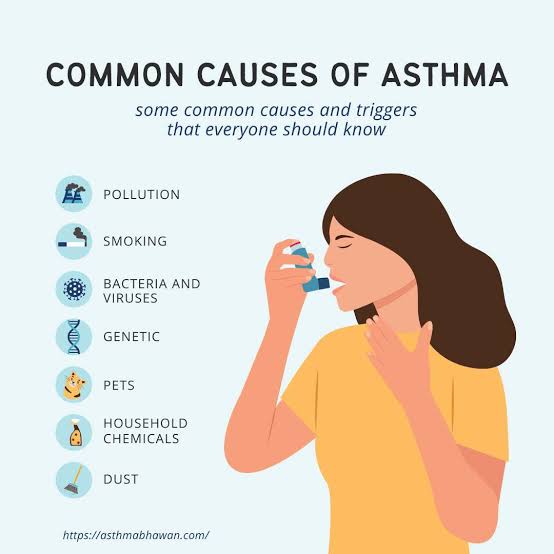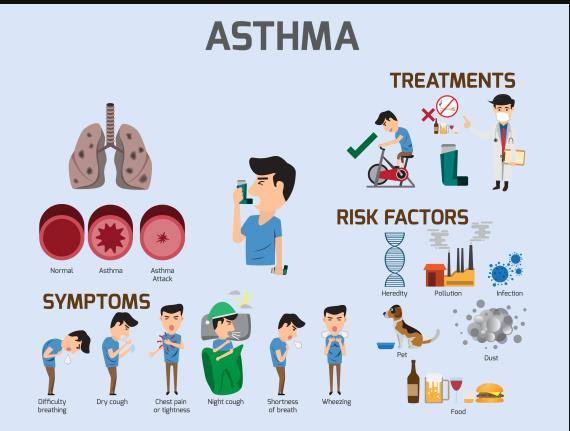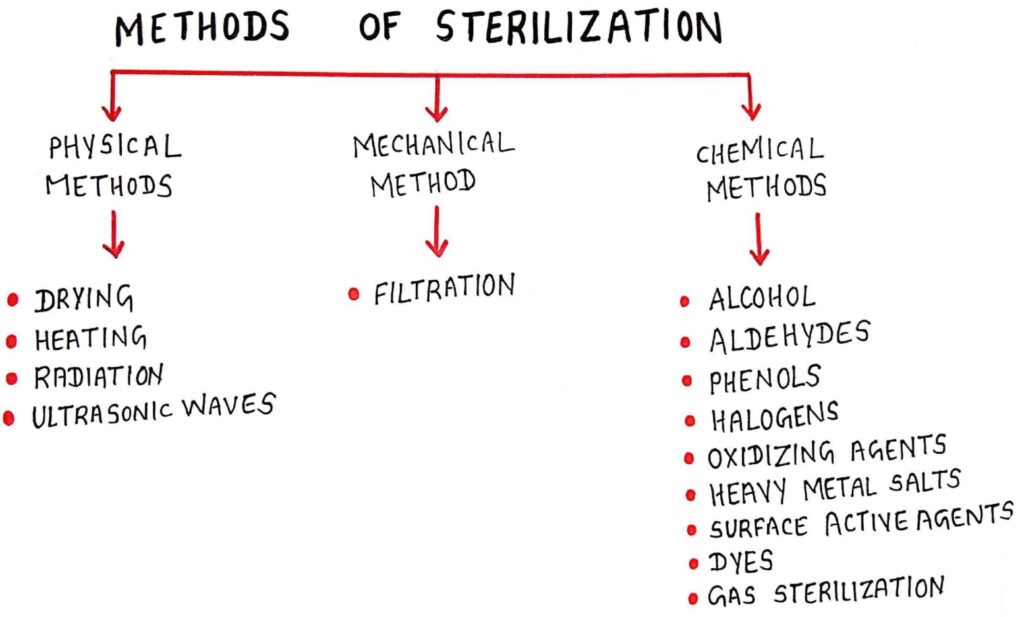INTRODUCTION:
A persistent respiratory illness called asthma causes the airways to swell and become inflamed. It results in recurrent coughing, chest tightness, wheezing, and shortness of breath episodes. The symptoms of asthma can range in intensity from mild to life-threatening.
TYPES OF ASTHMA:
1. Allergic Asthma:
Exposure to allergens including pollen, dust mites, animal dander, or specific foods might cause an allergic reaction.
2. Non-Allergic Asthma:
Instead of being brought on by allergens, respiratory diseases, exercise, cold weather, stress, or irritants like smoke or pungent scents.
CAUSES:
Although the precise origins of asthma are not entirely understood, a mix of hereditary and environmental factors are thought to be responsible. Typical causes include:

Allergens, such as mold, dust mites, pollen, and animal dander.
Irritants: Chemical fumes, air pollution, harsh scents, and smoke.
Respiratory illnesses including the flu, the common cold, and sinusitis.
Exercise: Vigorous physical exertion.
Weather: Low humidity, temperature fluctuations, and cold air.
Emotional aspects: tension and worry.
Symptoms:
Asthma common signs and symptoms include:
Making a whistling sound when breathing (wheezing), Chest tightness, dyspnea, coughing, especially at night or in the morning, difficulty sleeping as a result of coughing, fatigue during or following vigorous activity.
PATHOPHYSIOLOGY:
Chronic airway inflammation in asthma results in the airways swelling and becoming sensitive. Due to muscle contraction (bronchoconstriction) and increased production of viscous mucus when exposed to stimuli, the airways shrink. Asthma’s typical symptoms result from this.
DIAGNOSIS:
A medical history, physical examination, lung function tests (spirometry), and occasionally other procedures like peak flow measurement, allergy testing, or bronchial provocation tests are commonly combined to diagnose asthma.
TREATMENT:
Asthma treatment options include:
Medication: Depending on the severity of the asthma attack, patients may need to take short-acting bronchodilators (symptom relievers) for quick symptom relief, inhaled corticosteroids (inflammation controllers) to reduce inflammation, long-acting bronchodilators, leukotriene modifiers, and other drugs.
Inhalers: Equipment used to deliver medication directly to the airways, such as nebulizers, dry powder inhalers, and metered-dose inhalers (MDIs).
Asthma Action Plan: A tailored strategy created with a medical expert to control asthma and identify any early warning signals or deteriorating symptoms.
Allergy Management: Reducing exposure to asthma triggers and allergens.

PREVENTION:
While there is no complete cure for asthma, there are ways to manage and lessen symptoms:
Recognizing and avoiding allergies or triggers that exacerbate symptoms.
Taking prescription medications as recommended by medical professionals on a regular basis.
Making and adhering to an action plan for managing asthma.
Keeping up a healthy lifestyle, which includes getting frequent exercise, eating a balanced diet, and drinking enough water.
Refraining from being around smoke, smog, and other respiratory irritants.
Controlling respiratory infections, colds, and allergies.
In order to create a successful treatment plan and effectively manage their asthma so they may live a healthy and active life, it’s critical for people with asthma to engage closely with healthcare specialists.



